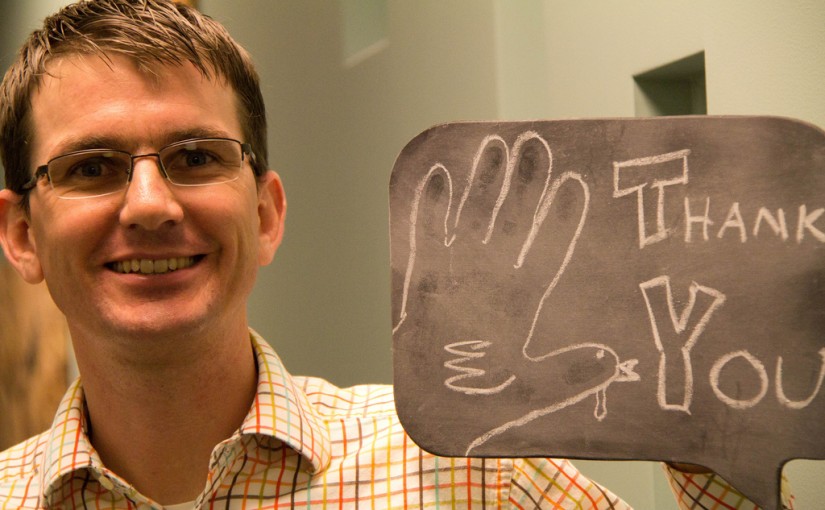Tag: Fundraising
-

Start Green Fundraising
Schools and non – profits have to raise money to keep themselves running. One tried and true way to do it is by selling products throughout your community. But the standard wrapping papers and cookies are not exactly green—or healthy. Besides, everyone else is pushing these same products too. Instead, consider standing out from the…
-

How To Thank Your Contributors
In a study of 50 nonprofits and 2 million contributors detailed by Fundraiser123.org, as much as 70 percent of nonprofits had not followed up with contributors a month after their donation. Thirty-seven percent never even emailed a thank-you at all. When your nonprofit sends a timely thank-you, it stands out in a compelling way. It…
-
Relay For Life
The Relay for Life is a cornerstone fundraising event organized by the American Cancer Society. This overnight walk/run event is sure to challenge and inspire. It’s also a great way to support the fight against cancer. Relay for Life brings 4 million people together each year across 20 countries to fight against cancer with funds to…
-

Climb Stairs For Cancer Awareness
What burns twice as many calories as running and offers a more complete body workout? Climbing stairs. Many are finding the challenge of a stair climb race to be more exhilarating than a typical run, and it’s rising in popularity as a competitive sport around the world—it’s even in the Olympics. What to give it…
-

Sorority Fundraising: A Five-Step Guide
Every sorority has different purposes and characteristics, but what they all have in common is philanthropy. Philanthropy and community service is usually the foundation of most fraternities and sororities. Each year, chapters all over the United States raise millions of dollars for worthy causes, or for their own foundations. Sororities, in particular, are by their…
-

Learn Fundraising 101: The Basics
Fundraising can be a daunting business, but you can make it easy if you break it down into the basics. Why Fundraise? Fundraising is an important part of life. To a certain group of people, species of animal, area of the planet, or otherwise – your mission matters. Raising money for your mission will…
-

100 Fundraising Ideas
When you are tackling a fundraising project – no matter how big or small, it’s always best to hold several different kinds of events so as to appeal to as many people as possible. You also want to take the time to choose the best events for your fundraising, and plan them out as best…